Tom Clancy’s The Division on PlayStation 4
It’s a bit strange to call The Division a risk, considering just how much The Division is obviously inspired by, and borrows ideas from, other similar games; but that’s exactly what the final product feels like. Ubisoft bet on itself, its in-game infrastructure, and its ideas with great results. The end product of this gamble is a game that mostly improves on its direct competition while still feeling unique. That being said though, where The Division falls, it falls hard.
First things first, as an obnoxious New Yorker, the thing I need to discuss right away is just how well The Division nails Midtown Manhattan. It’s an incredibly faithful rendition that is a blast to explore. While it’s not as large as Grand Theft Auto IV’s Liberty City, it’s still very detailed. Also, in a nice touch, unlike other modern games that lock out higher level areas to prevent you from getting yourself killed, The Division let’s you explore all of Midtown Manhattan without any restrictions.
What’s also great about the setting is that Ubisoft did a good job of creating a believable post-pandemic world. The U.S. Government was able to partially control the outbreak in Manhattan before it got too out of control. It isn’t total chaos as federal Division agents such as yourself are still able to operate and make progress in the city, but other more nefarious factions are able, and willing to take advantage of the chaos for their own benefit. It’s effectively set up so that Manhattan is teetering between recovery and chaos, and you’re the force that’s going to save it.

As far as the execution of that premise goes, it’s a little hit and miss. It’s certainly more interesting than what was presented in Bungie’s MMO hybrid game, but it’s no Uncharted or Grand Theft Auto either. For the majority of the game, the missions themselves have a severe lack of memorable moments or characters. Just go somewhere, shoot some bad guys, and do something that makes Manhattan a little safer. Nearly the entire game is running errands for the three primary mission givers with very little payoff story-wise.
However, the tidbits of insight into the backstories of the various factions, or the times we get to learn about the pandemic itself, is where The Division shines. Clearly, Ubisoft is capable of presenting interesting story material, but similarly to Destiny, it’s tucked away and drip-fed instead.
There are optional cutscenes and audio logs that add a lot of useful and interesting information. So when you take that into account, it’s certainly passable and at least par for the course as far as MMO-like games are concerned, but it would have been better if Ubisoft beefed up the actual campaign for the casual player just running through the motions. You certainly aren’t bombarded with cutscenes or dialogue playing through The Division, so it’s a little puzzling why Ubisoft would pump the breaks and hide important content in a menu. At least it’s still in the game at all though.
So okay, story-wise, The Division is passable, but nothing special. Luckily, The Division does a lot better job at being an open-world shooter.
Early on, exploring The Division’s take on Manhattan is an absolute blast. The map will remind you a lot of Grand Theft Auto in the sense that there are tons of missions, side missions, random encounters and collectibles for you to discover. Around any corner could be something for you to find. There are also safe houses, which serve as settlements or towns essentially, for you to reload, pick up new side missions, meet up with other players, or just AFK safely in. Each of these safehouses have personalities based on where they were set up. For example, there’s a safehouse in a former boxing gym called Southpaw, and another that is just a converted old movie theater. It’s a small detail, but it goes a long way for MMO fans that enjoy that kind of stuff.
The Division, is also a great cover-based third-person shooter. The shooting is smooth as it should be, and while the cover and roll mechanics can be clunky at times, more or less that works fine too. Also, players are given Diablo III-level amounts of customization over their character (which is a good thing in case you didn’t know).

Players are free to mix and match skills and talents from three different ability trees. Be a hybrid-tank healer, all-out support, or defensive specialist, the choice is yours. You can map up to your three favorite skills (most of which can be specialized further via skill mods), along with talents, which are passive perks that you choose from. Leveling up and playing through the game will also add-on additional passive perks which are all always active.
You can also customize and fine tune your gun to your liking. You can obtain and swap out modifications such as scopes and grips ala Call of Duty. Higher level guns also come with different perks and stat bonuses to your skills that can be re-rolled in order to get your preferred build perfect.
Also there are plenty of non-beneficial clothes that you can obtain to change your appearance. You can be a Rick Grimes lookalike, a solider, or just a normal person with a keen eye for pandemic appropriate fashion. Or, you can be like me, and fancy yourself a Williamsburg hipster. Locked, loaded, and accessorized properly to take back the homeland by any means necessary. No scarf left behind!
In all aspects of personalization and customization – aside from its hilariously shallow character creator – The Division does a great job.
There is one black eye though on The Division’s gameplay that cannot be ignored: it will get quite repetitive by the time you hit the higher levels. At first, snowy Manhattan is beautiful, huge, and filled with optional content to keep yourself busy. However, once you start getting your character level into the high teens, early 20s, you will have just about seen it all. The side missions and encounters will start to repeat and because snowy Manhattan never ceases to be that way, everywhere you go will start to look the same. Sure, New Yorkers might appreciate the subtle differences, but most people will just view it as more NYC during winter.

By far though, the worst offense is the repetition and lack of imagination when it comes to boss enemies. The missions mostly lack any memorable moments or enemies. Just about every boss, be it a main mission boss, or a bounty side mission, are just damage sponges. Bigger, bulkier version of normal enemies with a ton of health. The Division’s “bosses” are far worse than the worst bullet sponges that are seen in Destiny for example.
Thankfully, not every enemy encounter is a drag because of that flaw. The Division can actually be quite challenging, but not because of any creative mechanics from an enemy. Instead, in order to get through The Division’s toughest encounters, you’ll need expert knowledge of your abilities, and when to move around cover. The AI can be extremely punishing and is quite intelligent. The AI will flank you, force you out of cover with grenades or berserker enemies, and punish you with turrets, machine guns, or sniper fire the moment you put yourself in an ill-advised place. There’s not a lot of room for error.
The amount of strategy and smart play needed to overcome tough fights, salvages the dull enemy design a bit, but certainly having both would have put The Division over the top. Because of these issues, many players will eventually flock to the Dark Zone, The Division’s take on a PvP mode of sorts.
Just entering The Dark Zone is intimidating enough. The Division does a good job of building up the area as a frightening lawless war zone. It lived up to the bill. Not long after I entered, I was greeted with warring NPC factions, named enemies (read: stronger), and angry player-controlled agents that could tell I was defenseless.
Meekly minding my own business, I set out in search of difficult enemies and some better loot. After finding some equipment that were upgrades over what I had, I went out in search of an Extraction Zone.
Extraction Zones are the only way to permanently obtain any items that drop within the Dark Zone. You’ll need to call in a chopper which takes a couple of minutes to get there, and then you’ll have another minute or so to get your gear loaded up before it gets whisked away to be safely be decontaminated so you can use it. It’s a cool idea for sure.
The safest way to pull this off is through cooperation. If you’re lucky, you’ll run into other lone agents with similar goals. You could attack someone else, and steal their gear, but the penalty if you fail is harsh. As soon as you attack someone else, you’ll be marked as a rogue agent, and if you are killed in that state, it’ll cost you dearly. You’ll drop what you had and lose more than the normal amount of DZ (Dark Zone) experience points and DZ currency, both of which are separate than the EXP and funds you get outside of the Dark Zone.

What makes these encounters particularly thrilling is that they often devolve into Mexican Standoffs. No one really knows who to trust, who is going to fire, and who is actually a nice person just trying to do their thing. It’s an incredibly tense and unique feeling that I can honestly say I’ve never felt before in a video game.
Occasionally, I would run into gangs of players that had total control of an Extraction Zone. One time, I watched peacefully from a distance as a group did their thing, and slowly approached them to see if they would attack. They didn’t. Clearly they didn’t have a problem with my presence. So, thinking everything was cool, I helped them out with the next extraction and proceeded to try and extract my loot. I was instantly betrayed.
As I was securing my loot, I was set ablaze by an Incendiary Grenade and lit up like a Christmas tree. Everything I had was gone. I tried to get my revenge, but it was futile. On my own, I could never take out that group of players. I had to go somewhere else, with my tail between my legs.
That unpredictability though is what makes The Division’s “PvP” exciting and fresh compared to its competitors. The Dark Zone really does feel like the Wild West. Any time that I went in there, I really didn’t know what to expect. Kudos to Ubisoft for taking a risk on its competitive mode and delivering something that feels fresh compared to other popular AAA games.

However, while the ebb and flow does change a little once the level 30 loot and currencies are worked into the mix, more or less that’s what the Dark Zone is, and it makes a up a lot of The Division’s endgame. At 30 you can also challenge much harder versions of the missions for bonus Phoenix Credits (an endgame currency), which is neat, but that’s all there is to it. For now, it’s fun, fresh and exciting, but it might not always be that way. It will be up to Ubisoft to continue to add to the Dark Zone to keep it interesting.
A lot of The Division’s future success is contingent on effective post-launch support. There is a season pass that will stretch the game throughout 2016 accompanied with regular free updates and tweaks as well. Like Destiny and Bungie, how Ubisoft responds to player feedback on evolving the game from what it is on launch will be crucial. The Dark Zone is a nice start, but if that’s all The Division’s endgame is ever going to be, it will eventually get dull like the campaign experience did by the end.
Right now though, at launch, The Division is a well-made open-world shooter with lots of ways to keep you busy. It borrows from the right games and improves on them while still doing enough different to feel like its own game instead of a rehash. It’s flawed sure, but what it does right, outweighs its shortcomings. Will it evolve like Destiny did and stay in the spotlight long after launch? Or will The Division fizzle out like so many other games? No one knows the answer to that question but Ubisoft, so if that something that keeps you up at night, buyer beware.
Score: 4/5
Pros
| Cons
|

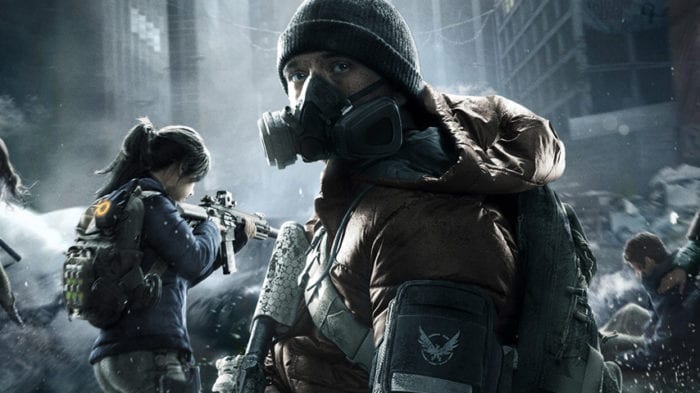


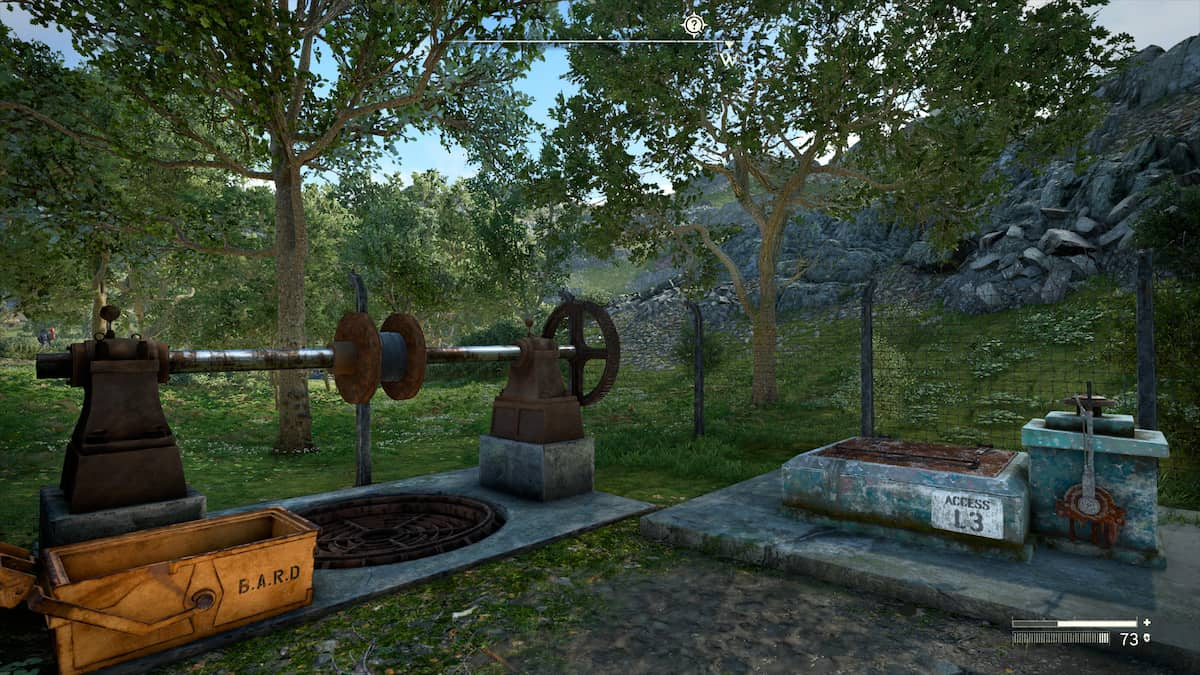

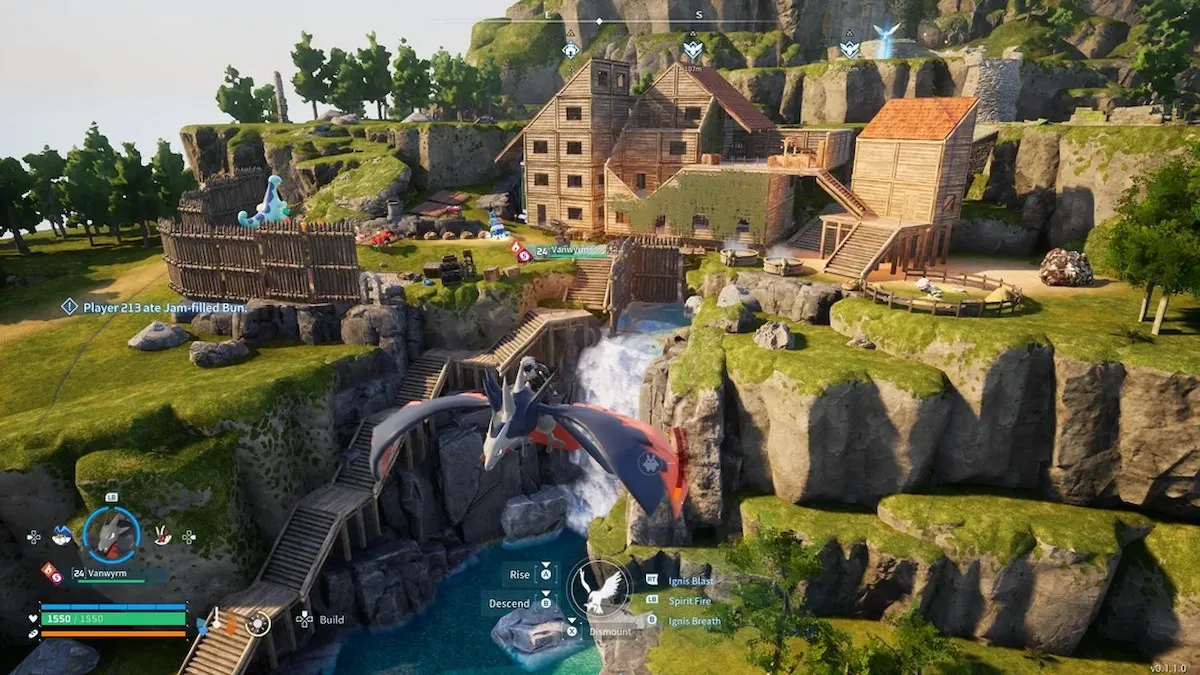
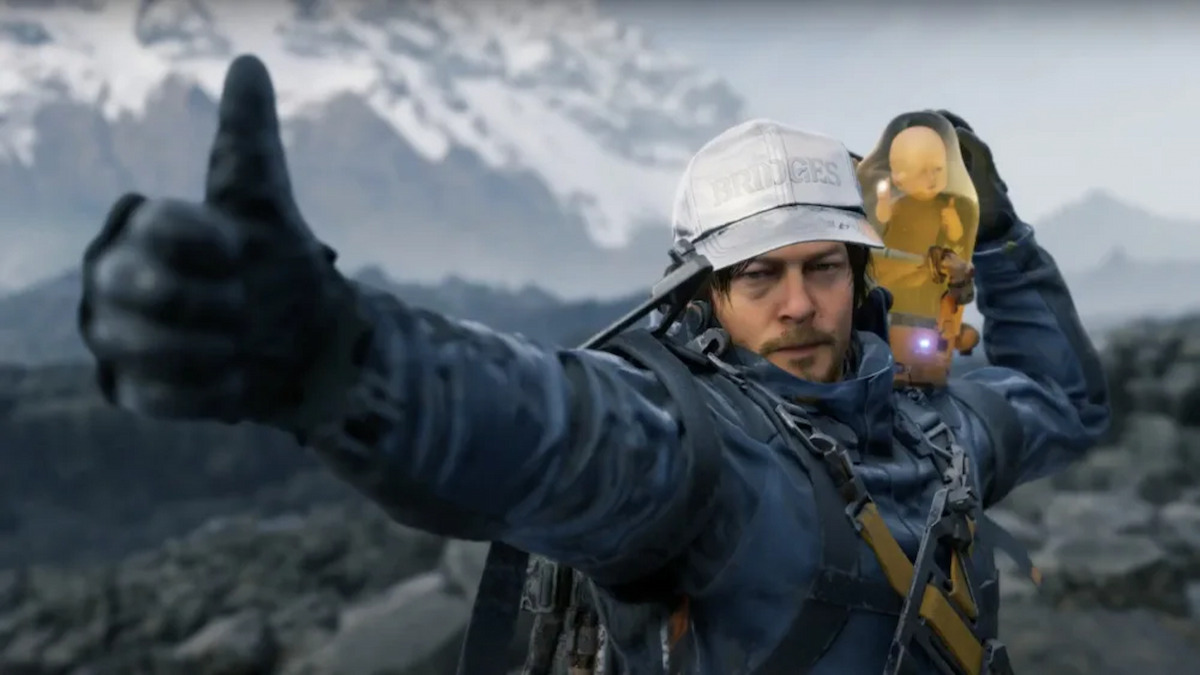
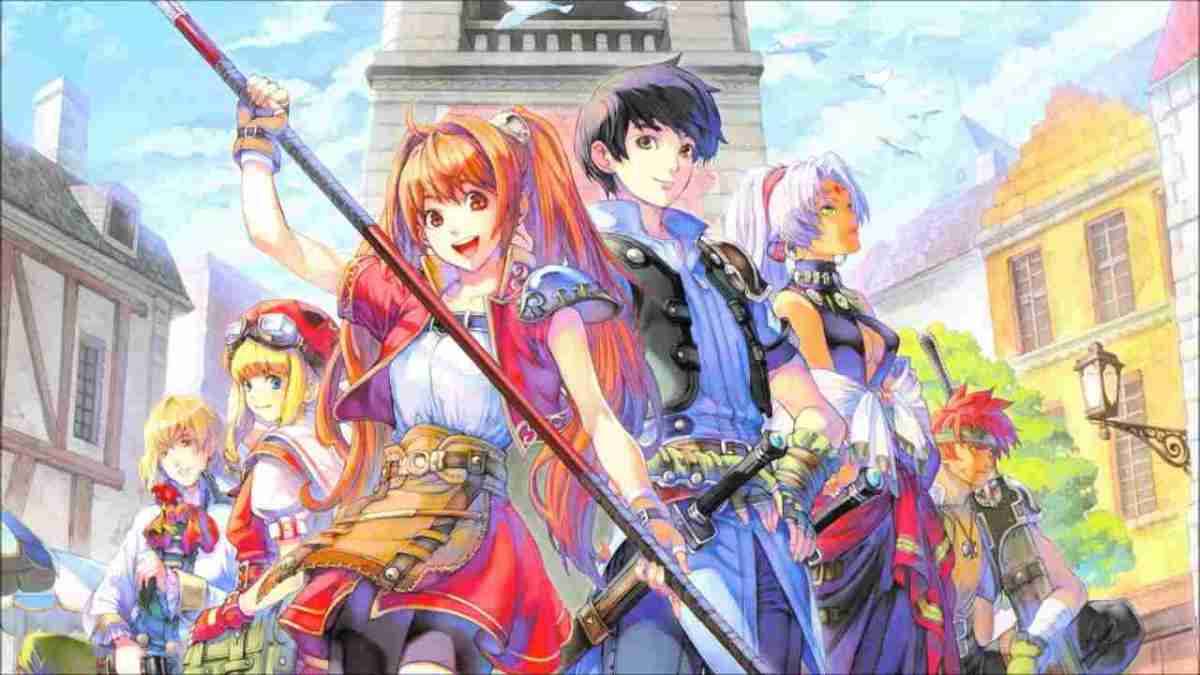
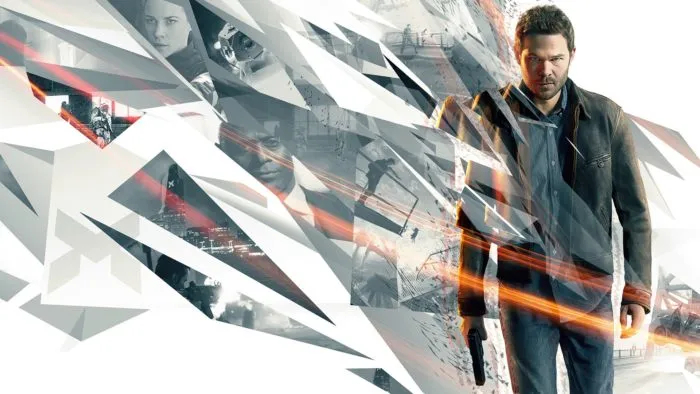
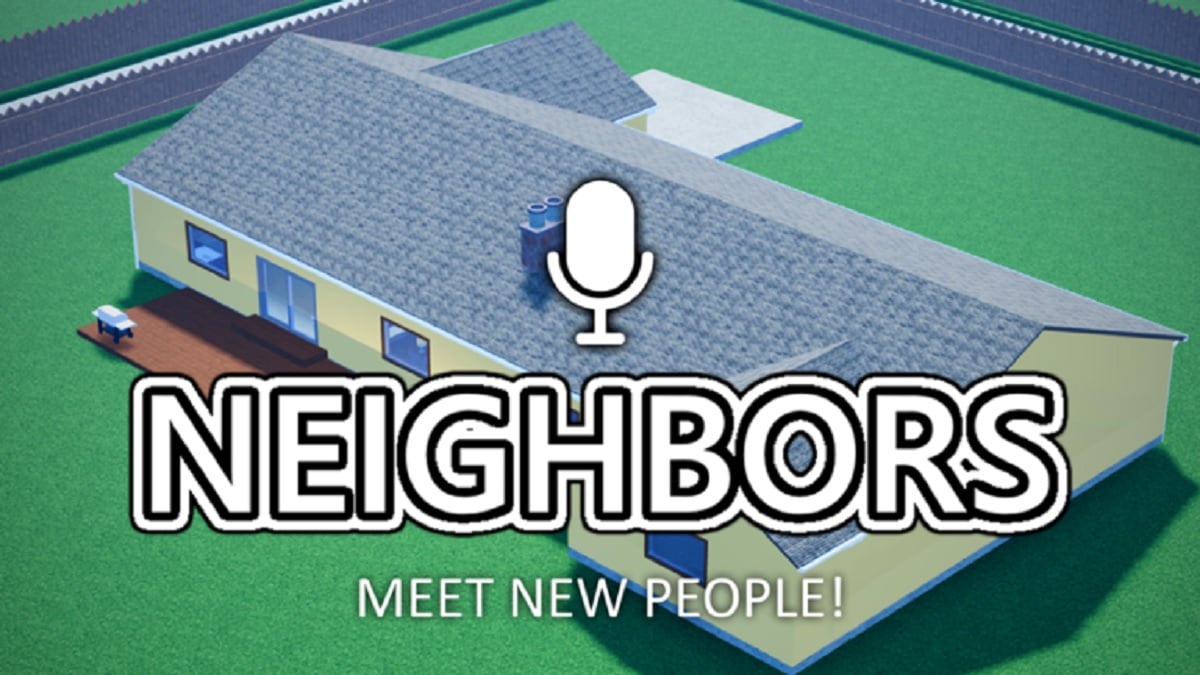
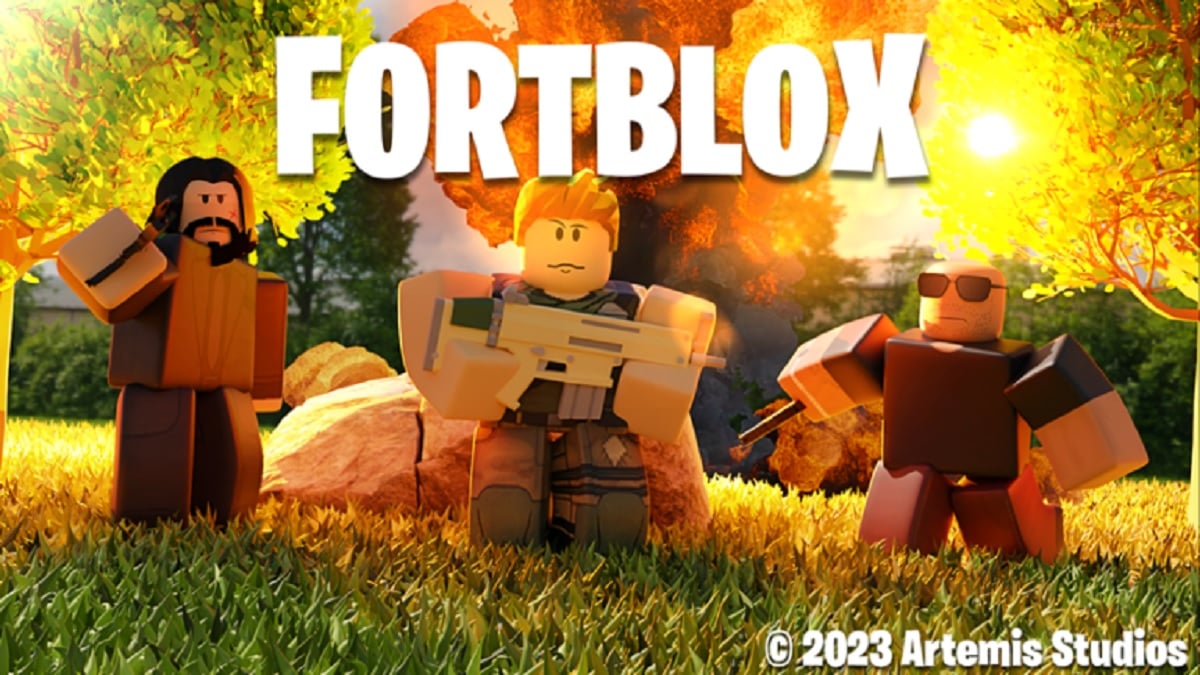
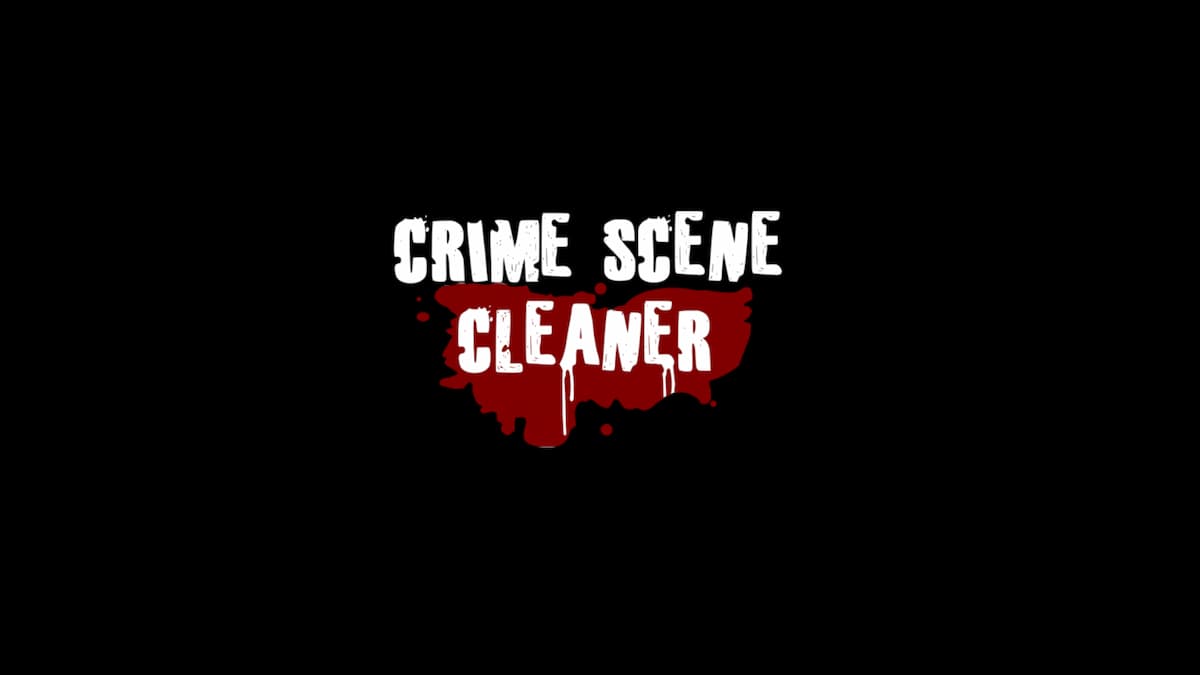
Updated: Mar 17, 2016 04:48 pm